- Curved Lithium Polymer battery
- Fast Charge Polymer Battery
- Flexible Polymer Lithium Battery
- Ultra-thin Polymer Battery
/ Blog /
Research on the Development Trends of Deep-Sea Autonomous Underwater Vehicles (AUVs)
24 Nov, 2023
By hoppt

As countries around the world increasingly focus on maritime rights and interests, naval equipment, including anti-submarine and anti-mine devices, has been evolving towards modernization, cost-efficiency, and reduced casualties. Consequently, underwater unmanned combat systems have become a focal point of military equipment research globally, extending into deep-sea applications. Deep-sea AUVs, operating in high-pressure deep waters with complex terrains and hydrological environments, have emerged as a hot topic in this field due to the need for breakthroughs in numerous key technologies.
Deep-sea AUVs differ significantly from shallow-water AUVs in terms of design and usage. Structural considerations include pressure resistance and potential deformation leading to leakage risks. Balancing issues arise with changing water densities at increasing depths, affecting buoyancy and necessitating careful design for buoyancy adjustments. Navigational challenges include the inability to use traditional methods for calibrating inertial navigation systems in deep-sea AUVs, requiring innovative solutions.
Current State and Characteristics of Deep-Sea AUVs
- Global Development With advancing ocean engineering technologies, key technologies in deep-sea AUVs have seen significant breakthroughs. Many countries are developing deep-sea AUVs for military and civilian purposes, with more than a dozen types globally. Notable examples include France's ECA Group, the USA's Hydroid, and Norway's HUGIN series, among others. China is also actively researching in this domain, recognizing the increasing importance and wide application of deep-sea AUVs.
- Specific Models and Their Capabilities
- REMUS6000: A deep-sea AUV by Hydroid capable of operating at depths up to 6000m, equipped with sensors for measuring water properties and mapping seabeds.
- Bluefin-21: A highly modular AUV by Tuna Robotics, USA, suitable for various missions including surveying, mine countermeasures, and archeological exploration.
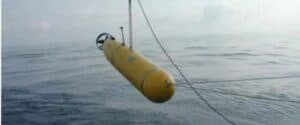
-
- HUGIN Series: Norwegian AUVs known for their large capacity and advanced sensor technology, used primarily for mine countermeasures and rapid environmental assessment.
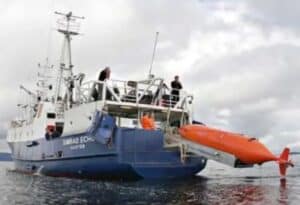
-
- Explorer Class AUVs: Developed by Canada's ISE, these are versatile AUVs with a maximum depth of 3000m and a range of payload capabilities.
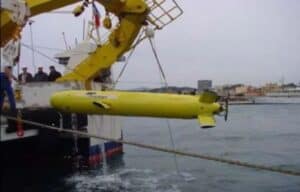
-
- CR-2 Deep-Sea AUV: A Chinese model designed for underwater resource and environmental surveys, capable of operating at 6000m depths.
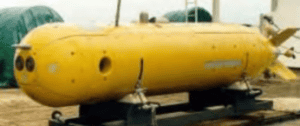
-
- Poseidon 6000 Deep-Sea AUV: China's AUV for deep-sea search and rescue, equipped with advanced sonar arrays and other detection technologies.
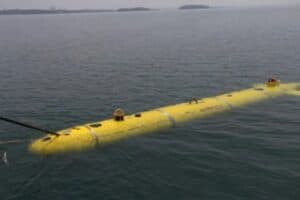
Key Technologies in Deep-Sea AUV Development
- Power and Energy Technologies: High energy density, safety, and maintenance ease are crucial, with lithium-ion batteries being widely used.
- Navigation and Positioning Technologies: Combining inertial navigation with Doppler velocimeters and other aids to achieve high precision.
- Underwater Communication Technologies: Research focuses on improving transmission rates and reliability despite challenging underwater conditions.
- Autonomous Task Control Technologies: Involves intelligent planning and adaptive operations, crucial for mission success.
Future Trends in Deep-Sea AUVs
The development of deep-sea AUVs is trending towards miniaturization, intelligence, rapid deployment, and responsiveness. The evolution involves three stages: mastering deep-sea navigation technologies, developing payload technologies and operational tactics, and optimizing AUVs for versatile, efficient, and reliable underwater operations.



